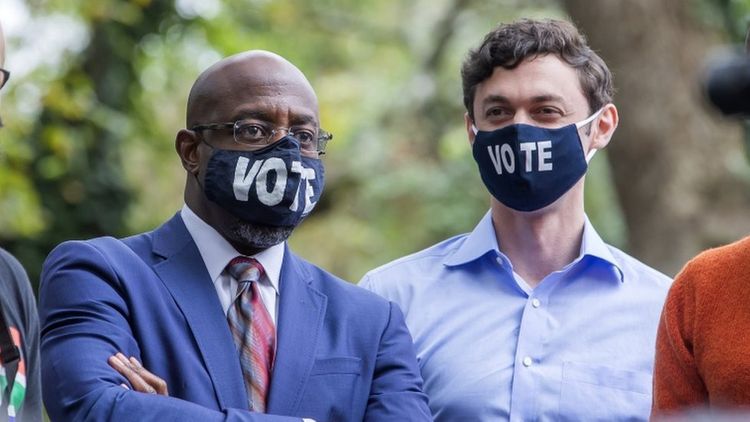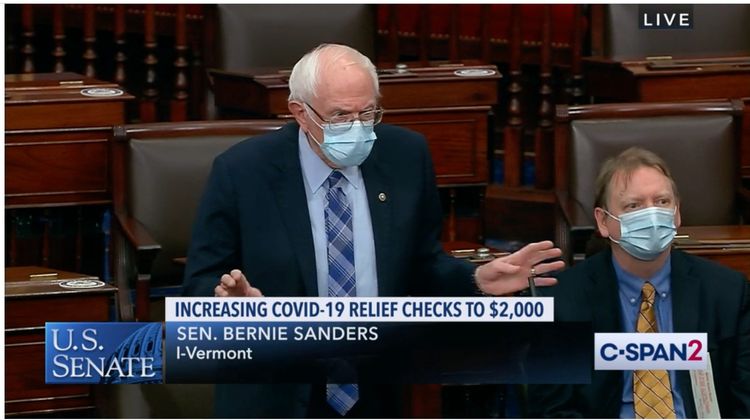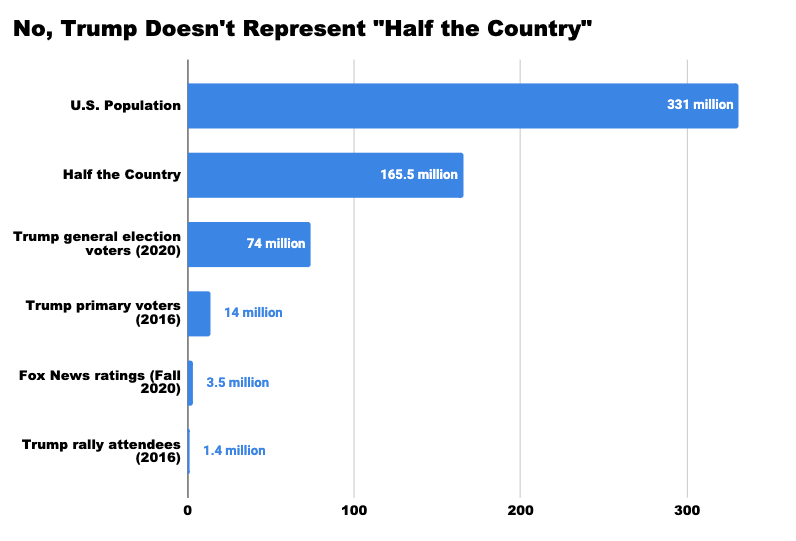Q+A from Water Quality Webinar: Using the Right Tools to Develop Effective Messages
Last month, I did a webinar with the National Water Quality Monitoring Council on how to develop effective messages in science communication, with my last post on this topic written as a companion piece. Of course, I was talking to water quality folks, so I emphasized that message development is all about “distillation,” not oversimplification.
The presentation is available on Youtube and you can download the slides here. We had a number of questions we couldn’t get to before the webinar ended, so I’ve answered them below.
Big thanks to Candice Hopkins, the NWQMC’s executive secretary and a hydrologist at the U.S. Geological Survey for pulling it together. And hat tip to my old colleague Melissa Varga, who runs the Union of Concerned Scientists’ Science Network, for connecting us.
As I told my mom, this was a really special opportunity. Her father — that is to say my grandfather — was also a hydrologist and spent his entire career with the USGS, so it’s an institution that’s close to my my heart as well as my head.
Please see my answers to the questions below.
We’ve talked about things to do — any tips on what not to do?
Story Collider’s Liz Neely put it well when she said that scientists tend to underestimate how smart their audiences are while overestimating how much specific knowledge they have about a given topic. That fundamental ability to assess where an audience is at and where they can go with you is at the heart of a lot of mistakes scientists make when we talk about things like avoiding some types of jargon, establishing baselines, and accounting for cultural differences with audiences.
Would the message structure need to be adjusted if you want to highlight a benefit to a specific congressional district rather than trying to appeal to a funder on the broader public good?
Absolutely. Legislators are parochial and for good reason; they are serving the people of a specific district and we all have what social scientists would call a “proximity bias” for our own communities. Unfortunately, gerrymandered legislative districts don’t make a lot of geographic or scientific sense, so when we’re looking at data, it can be helpful to focus on things like metro areas, water basins or county-level information to put things in a useful geographic context for policymakers. At a minimum, state-based data is something that members of Congress and their staff are always eager to see and hear about.
In any case, it’s important to be able to communicate about these things to multiple audiences. So if you’re working with a message template that has a slot for talking about the potential benefits of a project, you’d have multiple versions of that message you could slot in and out depending on the audience.
Does the advice change when talking to skeptical electeds?
Yes. If you’re dealing with a policymaker who has some friction with an agency or who distrusts scientists who study a certain topic, it’s often the case that scientists are not the people they want to hear from. Instead, you might consider partnering with a stakeholder who the elected official does trust and who can explain to them in their shared language why a scientific topic or research project might be important. It’s that tension that often has to be resolved first before we can get to the scientific information and why it matters.
Is it ever appropriate to build credentials or consensus of science into the message?
I think it’s crucial, but we often don’t do a good job doing so. One’s credentials shouldn’t come across as elitist. Where scientists went to school or how many awards they’ve received is the kind of thing we’re used to seeing on a CV, but it makes more sense to put that in the context of why a scientist became curious about something in the first place. They didn’t go to Elite University X because it was elite; they went because they were fascinated by a subject that they wanted to study it with other like-minded scientists. They went where their curiosity led them, not their desire to come across as better than somebody else (usually, of course!).
I also don’t think people understand what consensus means in science. In everyday life, it sounds like the process we go through to pick a movie to watch with our family or friends. We kind of agree on the least objectionable thing for the most number of people. Scientific consensus is broader than that, so I think courtroom terms like “weight of the evidence” are better for conveying what scientists know about things like vaccine safety and well-established climate science.
It’s also important to emphasize what the consensus is as a baseline before delving into the uncertainties a scientist is exploring in their own work. Leaping ahead too quickly to the cutting edge stuff can sometimes make it sound like scientists know less than they actually do!
Finally, when attributing statements to elite institutions, such as universities, national academies or various agency or interagency panels, it’s also helpful to emphasize the public service nature of these institutions. As taxpayers, we are supporting these scientific enterprises to inform policymaking and personal and business decision-making. It’s not scientists issuing pronouncements from on high; it’s scientists producing useful information because we all asked them to.
Your presentation about effective messaging has been great. What do you recommend to get people to adopt your perspective and increase participation?
Thank you! Bring me in for a workshop! Or hit up the other folks I mentioned, including Randy Olson.
Bigger picture, this gets to internal persuasion within the scientific community. Despite my own enthusiasm for science communication, I’m actually okay with the fact that a lot of scientists…just don’t like communicating. That’s okay. Not everybody has to be on board the ol’ #scicomm bandwagon, but I agree that more scientists communicating is a very good thing. And I’ve also written previously about how scientists and communications staffers can do more to work effectively together.
A couple thoughts:
First, there are scientific rockstars who are great communicators in every field. They should be bringing other people up with them, whether its peers or grad students. That can include referrals for speaking opportunities, sending media requests to a peer or co-developing communications projects with earlier career researchers. In the old media world, the spotlight was limited and there was a strong incentive to defend your place in it when you succeeded. In the new media world, bringing new people into the spotlight with you makes the spotlight bigger. So the rockstars and the people around them should recognize that dynamic and help build a community of increasingly better science communicators.
Second, I’d like to see managers devote some portion of project budgets to communications. It might only be 1 percent or 5 percent — and it should be more for pressing topics with significant public interest — but until an institution puts money on the table, communications will almost always be an afterthought. My thinking on that subject also extends to grant applications. Communications plans and goals should be part of the grading process. Certainly not a huge part of it — the work must remain the work and I’d rather see great science with bad communication supported over questionable science with great communication — but communications should count. (And this is an area where I’m very open to counter-arguments and alternative structures, too.)
Finally, I’d say the biggest thing individual scientists can do is share their successes and their lessons learned with peers. We all learn from each other and the more other scientists see their peers discussing how to approach communications, they more likely they’ll be to see it as part of their work, too.
P.S. — I think there is a big generational shift underway in science as digital natives take on more leadership roles. The discussions we have about science are increasingly public and accessible — hey, Twitter! — and that is baking science communication into a lot more of the activities scientists do. So many of the conversations that used to happen just among peers are now happening with peers, on blogs, in the media, and with the public and science-engaged nerds like me in real time every day. It’s exciting, a little overwhelming at times, and very different from what many scientific institutions are used to, so we’re all adapting in real time, too.




